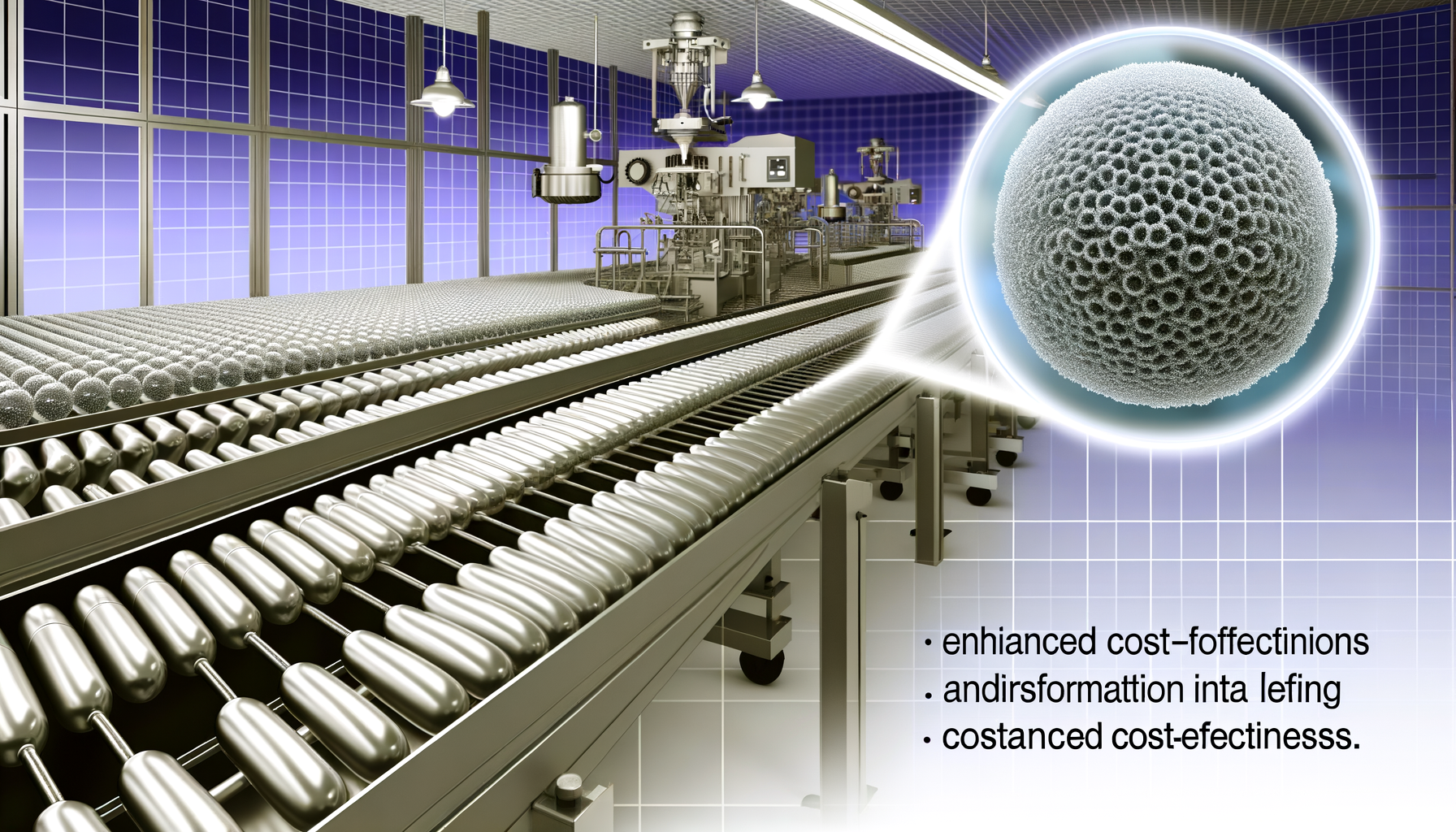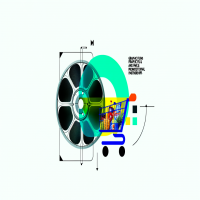Unlocking New Horizons: How Innovation is Transforming Microsphere Manufacturing for Enhanced Cost-Effectiveness

Strong 8k brings an ultra-HD IPTV experience to your living room and your pocket.
In the intricate world of advanced materials, microspheres are little heroes — small, spherical particles that have found their way into versatile applications across numerous industries. From medical to automotive, construction to electronics, microspheres bring revolutionary benefits. But what truly spearheads their growing dominance is the groundbreaking innovation in their manufacturing processes, which profoundly enhances cost-effectiveness.
Understanding Microspheres: A Small Revolution
Microspheres, by definition, are tiny spherical particles ranging from a few microns to a few millimeters in diameter. Made from a variety of materials, including glass, ceramics, polymers, and metals, they offer unique properties like lightweight, durability, and controlled reactivity, making them highly desirable in various fields.
The Importance of Cost-Effectiveness
Before delving into innovations, we must grasp why cost-effectiveness is so vital. Affordable production not only determines the pricing and availability of microspheres but also impacts the feasibility of projects they are used in. Lower production costs foster democratization of technology, making cutting-edge applications accessible to more markets. Thus, innovation in manufacturing techniques that reduce costs without compromising quality is a pivotal driver of growth.
Exploring Innovations in Manufacturing
Advanced Synthesis Techniques: Synthesis processes such as emulsion polymerization for polymer microspheres and spray pyrolysis for ceramic spheres are witnessing significant advances. Improved control over parameters like temperature, time, and reaction mixture drastically enhances yield and uniformity while reducing energy consumption.
Precision in Size and Uniformity: Laser-aided precision techniques are making it possible to produce consistently-sized microspheres. Enhanced size uniformity equates to predictable behavior, which is invaluable in industries like medicine, where consistent dosage of drug delivery systems is crucial.
Automation and Smart Manufacturing: Automating production lines, coupled with Industry 4.0 technologies, including robotic handling and AI-driven quality control, reduces human error and accelerates throughput. Fully integrated systems allow for seamless monitoring of processes and predictive maintenance, minimizing downtime.
Sustainable Practices: Harnessing bio-based materials and sustainable energy sources is transforming the ecological footprint of microsphere production. Not only does this align with global sustainability goals, but it also cuts costs associated with waste disposal and energy consumption.
Nanotechnology Integration: The nano-scale enhancement of microspheres is allowing for improved surface functionality, boosting their performance. For instance, polymer composite microspheres integrated with nanoparticles can provide superior thermal insulation, a valuable property in construction products.
Case Studies: Real-World Applications and Impact
Medical Field: Innovations in drug delivery systems have led to more efficient and controlled release of medications. By optimizing size and surface properties, microspheres can be designed for targeted delivery, minimizing side effects and improving patient outcomes.
Automotive Industry: Lightweighting has become a crucial target for reducing energy consumption in vehicles. Microsphere-enhanced polymers provide weight reduction without sacrificing strength or durability, leading to better fuel efficiency.
Construction: In concrete formulations, hollow microspheres enhance insulation properties and reduce the weight of structures. These benefits coincide with the rising demand for energy-efficient, sustainable buildings.
Future Envisions: What Lies Ahead?
As we cast our glance forward, the future of microsphere production is bright with endless possibilities. Continuous R&D investments point towards further breakthroughs:
1. The potential of 3D printing technologies to produce customized microsphere structures
2. The exploration of new materials at the nanoscale for unforeseen applications
3. Blockchain for enhanced supply chain transparency and cost management
Conclusion: A Smaller Particle, A Bigger Impact
In the rapidly evolving economy of the 21st century, microspheres stand testament to how even the smallest of innovations can lead to substantial advancements. As industries continue to press forward, embracing these manufacturing innovations, microspheres promise to remain at the forefront, delivering sustainable, cost-effective solutions tailored to our ever-changing world.
For businesses and professionals, staying informed about these developments is not just beneficial — it's essential. It's the linchpin to understanding market trends, ensuring competitiveness, and seizing opportunities in a dynamic landscape.
Explore Comprehensive Market Analysis of Microspheres Market
SOURCE -- @360iResearch
Note: IndiBlogHub features both user-submitted and editorial content. We do not verify third-party contributions. Read our Disclaimer and Privacy Policyfor details.


